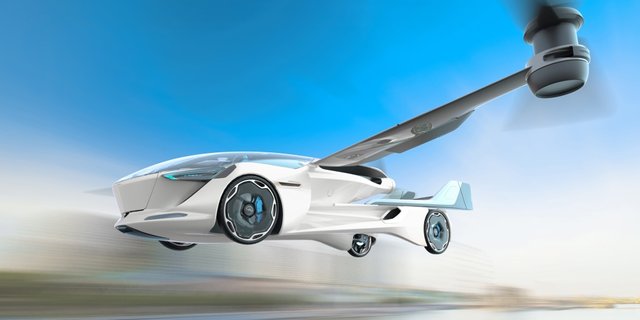A flying car
A flying car is a type of vehicle designed to function both as a traditional automobile on roads and as an aircraft in the sky. It combines features of a car and an airplane, aiming to solve transportation challenges such as traffic congestion and limited road space.
Key Features of Flying Cars:
- Dual Mode Operation – Can drive on roads like a normal car and take off vertically or horizontally to fly.
- Vertical Takeoff and Landing (VTOL) – Many modern prototypes use VTOL technology, meaning they don’t need long runways like airplanes.
- Electric or Hybrid Power – Most designs are focused on being eco-friendly, using electric batteries or hybrid engines.
- Advanced Navigation Systems – Equipped with GPS, autopilot, and AI-based systems for safe flying and landing.
Advantages:
Reduces traffic jams by moving transport to the air.
Saves travel time over long distances.
Provides access to remote or difficult-to-reach areas.
Could revolutionize emergency services like medical evacuations.
Challenges:
High cost of development and production.
Need for strict safety regulations and air traffic management.
Battery and fuel limitations for long-distance flights.
Public acceptance and pilot training requirements.
Current Developments:
Several companies worldwide, such as Terrafugia, PAL-V, and AeroMobil, are testing prototypes. Some have already completed test flights, and governments are working on air mobility regulations. In the future, flying cars could become part of urban air mobility (UAM), working like aerial taxis.
👉 In short, flying cars represent the future of personal and public transportation, blending science fiction ideas with real-world innovation.
